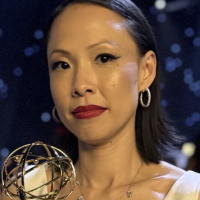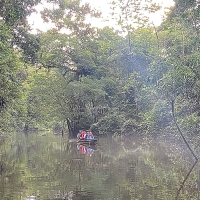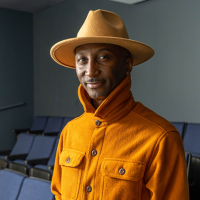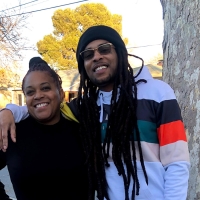‘Boundaries are crossed, but new ones form’: Professor reflects on LGBTQ movement
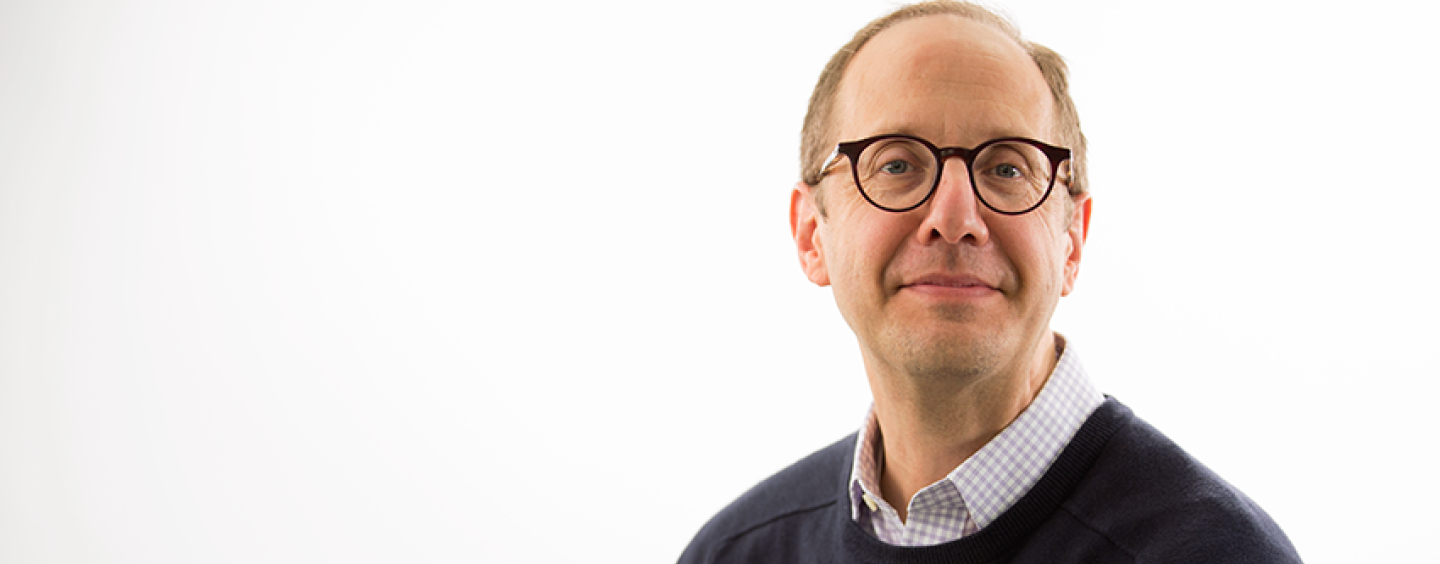
UC Press publishes ‘Queer Public History: Essays on Scholarly Activism’ by Marc Stein, the Jamie and Phyllis Pasker Professor of History
Over the last 40 years, San Francisco State University Professor Marc Stein has played multiple roles in the fight for LGBTQ rights and liberation. He has protested in front of the U.S. Supreme Court, reported for Gay Community News and written books and essays revealing little-known historical events.
His new book, “Queer Public History: Essays on Scholarly Activism” (University of California Press), is a collection of more than 30 pieces he has written primarily for newspapers, magazines and blogs over the years.
Stein is San Francisco State’s Jamie and Phyllis Pasker Professor of History. He joined the University in 2014.
What motivated your new book?
Perhaps because I was a journalist in the 1980s (first as the editorial page editor for my college newspaper and then as the coordinating editor of a national gay and lesbian newspaper), I’ve long been interested in writing for larger public audiences that would not be reached by lengthy scholarly essays or books. I thought it would be interesting to reflect on change and continuity in how queer historical writing influences and is influenced by public audiences (queer and not) and how academic and community-based scholars have worked together to make queer history.
The book also includes essays on scholarly activism, meaning scholarship written and used for activist purposes. Some academics think that scholarship is tainted by association with activism, but activism was necessary to make a place for queer history in higher education.
When reviewing and reflecting on your past writings, what emotions and memories struck you?
Well, the book includes personal essays that address the political depression and despair that I’ve experienced as a gay man, as a social justice activist and as a young queer studies academic struggling to find a place within higher education. At the same time, working on the book made me reflect on the importance of tenacity and resiliency, the value of political emotions (including anger, disappointment and frustration), and the life-sustaining power of friendship, mentorship, community, solidarity and humor.
What does the book reveal about the state of LGBTQ people in America today compared to when you first became involved in activism and scholarship? What progress has been made and where are areas of growing concern?
I think even the most cynical and pessimistic among us can recognize that in many areas, LGBTQ people have experienced remarkable progress over the last several decades. At the same time, the best queer historians — and the best historians — are skeptical about linear progress narratives.
Change can lead to backlash. New freedoms come with new regulations. Boundaries are crossed, but new ones form. Some gain; some lose. If we take the example of how queer history is taught in primary and secondary schools, we now have states that mandate inclusion, and we have other states that are mandating exclusion. That doesn’t align with a straightforward (pardon the pun) narrative of progress or a straightforward narrative of declension.
On June 14, you will give a talk at the San Francisco Public Library about the emergence of LGBTQ activism at SF State. What developments will you discuss?
The talk, titled “Queer Transformations at San Francisco State, 1969 – 1972,” is timed to coincide with the amazing Queer History Conference, which will bring hundreds of scholars, teachers, students and others from around the country and world to our campus. (Our incoming provost, Amy Sueyoshi, is one of the conference organizers.)
My presentation draws on a multiyear collaborative research project that I’ve undertaken with two SF State classes, which explored sexual politics at SF State in the late 1960s and early 1970s. I’ll be exploring the early emergence of LGBTQ activism at our University, including queer support for the Third World Liberation Front strike, the formation of SF State’s Gay Liberation Front, the power of gay faculty labor activism, the police shooting of an SF State student at a downtown gay bar, protests of an airline that refused to board a student wearing a “Homosexuals for Peace” button, the hiring of an openly lesbian professor, conflicts between lesbians and trans people at a campus gay dance, and the development of the college’s first LGBTQ studies courses.
Prior to the late 1960s, what was campus life for LGBTQ students at SF State?
Judging by what we know about other colleges, there were probably many challenges — anti-LGBTQ messages in courses, cultural invisibility, social rejection, threats of suspension and expulsion. I think institutions such as SF State could do much more to acknowledge, take responsibility for and redress these ugly moments in their histories. But there likely were also love affairs, sexual encounters, intimate friendships, social networks and lessons about resistance, struggle and empowerment.
The only specific stories we’ve encountered about that period come from Richard Wallace Love (a.k.a. Richard Amory), a married veteran and father who wrote one of the best-selling gay novels of the 1960s (“Song of the Loon”) while doing his M.A. in Spanish at SF State in the early 1960s. In the early 1970s, Love came out as gay, joined the gay liberation movement and denounced the exploitative publishing contracts that he, along with many other gay writers of that era, had to sign in order to have their work published.
It’s also interesting that he claimed that what made it possible for him to write the novel, in secret, was that SF State provided him with a private office on campus. It’s a great story about how an SF State education, if accompanied by the right kinds of material support, can lead to impressive outcomes.
How has the SF State community had an impact on broader struggles for LGBTQ liberation?
In the late 1960s and early 1970s, LGBTQ struggles on and off campus were influenced and inspired by the Third World Liberation Front strike and other struggles against racism, sexism and colonialism. SF State faculty and students were local, regional and national leaders in gay liberation (Charles Thorpe), lesbian feminism (Sally Gearhart), gay literature (Richard Love) and gay/labor alliances (Morgan Pinney). Beyond the Bay Area, Berkeley and Stanford might be better known, but SF State was the city’s main public university, and San Francisco emerged as a center for LGBTQ liberation in the late 1960s and early 1970s.
Later, and I don’t know much about this history, SF State made groundbreaking faculty hires in LGBTQ studies, established LGBTQ-affirmative programs in Sexuality Studies and Women and Gender Studies, and facilitated LGBTQ studies research in the Center for Research on Gender and Sexuality and the National Sexuality Resource Center, which eventually combined to become the Center for Research and Education on Gender and Sexuality.
Today in 2022, LGBTQ studies faculty at SF State are somewhat fragmented and scattered in multiple administrative units, including Cinema, Ethnic Studies, History, Sociology and Sexuality Studies, and Women and Gender Studies, and there’s more the institution could do to coordinate, promote and support our work, but I believe we have one of the largest and most impressive collections of LGBTQ studies faculty anywhere in the world.
